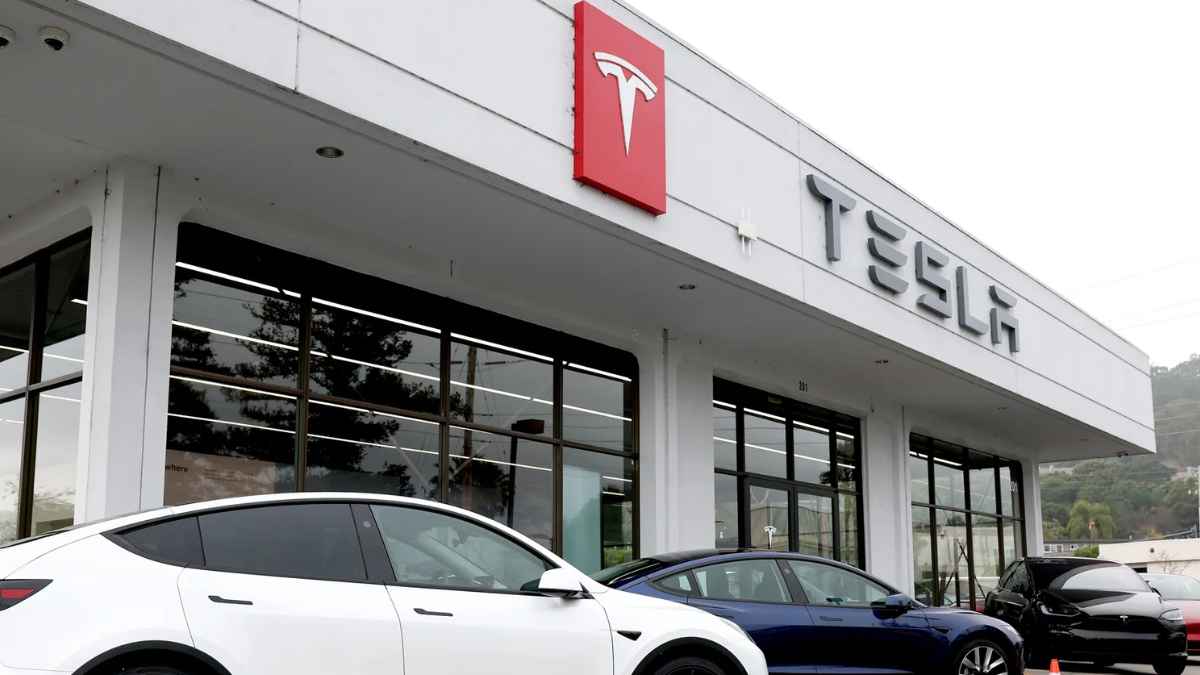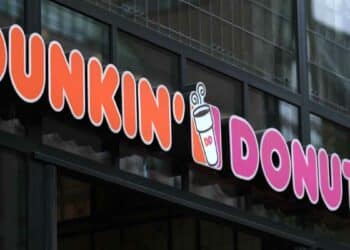In an inauspicious start to the year, Tesla has announced the recall of more than 239,000 vehicles in the United States due to a fault detected in the rear view camera. This defect, which mainly affects the company’s most recent models, puts under the microscope the reliability of a brand that, despite its popularity in the electric vehicle market, faces new regulatory and safety challenges in 2025. Here are the key details of this situation, including Tesla’s official response, the scope of the investigation by the National Highway Traffic Safety Administration (NHTSA) and the potential impact for owners of these cars.
A flaw affecting the rearview camera
According to official documentation submitted to NHTSA, the company detected in November 2024 a significant increase in on-board computer replacements in some vehicles. After an internal investigation, Tesla concluded that a short circuit in the computer board could cause the loss of image from the rearview camera. This problem would be caused by a “reverse current” during the vehicle’s ignition sequence, mainly in cold temperature conditions and certain hardware and software configurations.
According to the brand, the models with the highest incidence are the Model 3 and Model S from 2024-2025, as well as the Model X and Model Y from 2023-2025. Although the manufacturer has implemented a software update to correct the boot sequence and prevent the short circuit, some owners may not see the issue resolved if their board was already damaged prior to receiving that update.
Scope of recall: more than 239,000 vehicles
The official figure indicates that 239,000 vehicles are affected by this recall in the United States. Industry sources point out that the company led by Elon Musk already experienced the highest number of recalls in the country last year, with more than 5.1 million units reviewed for various reasons. However, Tesla maintains its commitment to solutions through software updates that, in most cases, can be applied remotely via over-the-air (OTA) updates.
It is precisely this feature – which allows the company to send patches and updates without the user having to visit the workshop – that has minimized vehicle downtime and simplified the management of many safety campaigns. However, when the damage to the on-board computer is already done, simply updating the software does not solve the problem, forcing the company to replace the affected component.
What should owners do?
Tesla has explained that all owners of vehicles subject to this recall will receive a notification letter starting March 7, 2025. This timeframe of less than two months seeks to ensure that users are properly informed of the steps to be taken. In the meantime, the company has set up a hotline for questions:
- Tesla Customer Service Hotline: 1-877-798-3752.
- When calling, the affected party must provide the official recall number: SB-25-00-001.
In the event that the recent software update (identified as versions 2024.44.25.3, 2024.45.25.6 or later) does not fix the fault, Tesla commits to check potentially damaged vehicles and, if necessary, replace the on-board computer at no cost to the customer.
Drivers can also contact NHTSA’s vehicle safety hotline directly at 1-888-327-4236 or 1-800-424-9153. In addition, more detailed information is available on Tesla’s official website and in NHTSA’s safety logs, where all recalls affecting the brand’s various models are posted.
A parallel investigation and more worries about Elon Musk
As if this recall were not enough, Tesla is facing another investigation opened by the NHTSA affecting about 2.5 million vehicles, due to several incidents that could be related to the “Actually Smart Summon” function. This feature, designed to move the car remotely without a driver on board, has been at the center of several complaints and videos on social networks showing minor crashes into poles, other vehicles or parking lot walls.
The U.S. administration has received a total of 16 reports of Smart Summon incidents involving models manufactured between 2016 and 2025 (Model S, Model X, Model 3 and Model Y). Although no serious injuries have been reported, authorities are trying to determine whether the obstacle detection and responsiveness of this tool are sufficient to prevent accidents. In addition, there is a record of 887 warranty claims for this type of failure, which has led authorities to take action.
Impact on the automotive industry
The adoption of advanced technologies such as assisted driving and increasingly powerful on-board computers has led to an increase in recalls related to software and electrical system failures in the automotive industry. According to analyst firms, more than 6.3 million vehicles would have been recalled by 2024 due to problems with electrical components, putting Tesla at the center of the conversation about the reliability of smart cars.
These problems not only affect the reputation of the electric vehicle manufacturer, but also raise questions about the oversight and regulation of new autonomous and semi-autonomous technologies. NHTSA itself has stepped up its reviews of automated driving systems in recent years, demanding greater transparency and efficiency in fault detection from automakers.
What to expect in the short term?
Although Tesla has already communicated that it is working closely with authorities and has complied with fault reporting regulations, experts say the company could face further regulatory pressures. The reliability of its driver assistance systems and the effectiveness of its safety protocols will be key factors for its continued sales and user confidence.
To date, there have been no reported injury or fatality accidents specifically related to this rear camera failure. However, NHTSA may continue to investigate how this defect affected drivers’ ability to maneuver in critical situations. For its part, Tesla maintains that its priority is and will remain the safety of its customers.
You can continue to see other articles of more vehicle recalls or news that they have that are related to the engine by visiting the specialized section of this newspaper.






